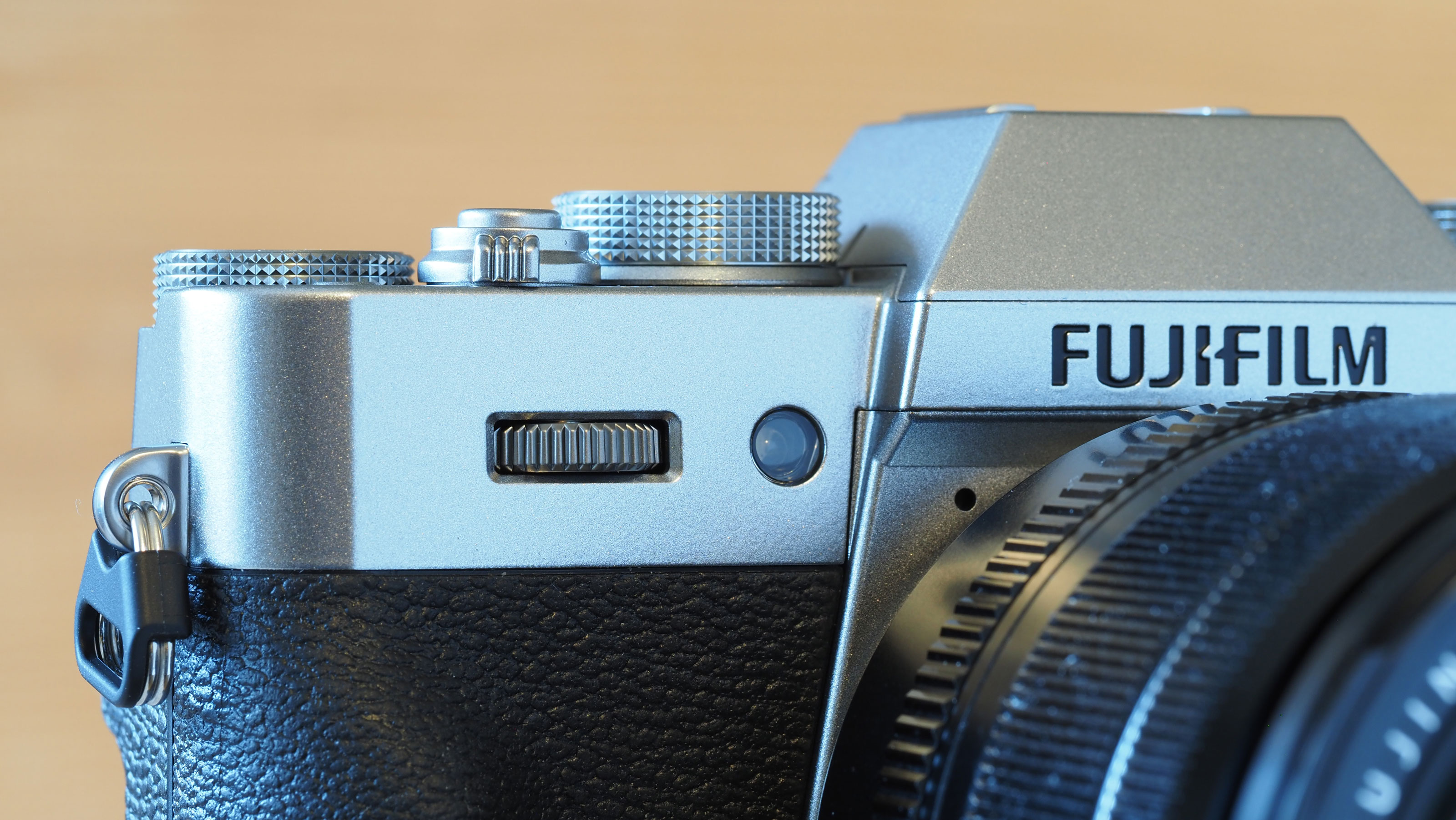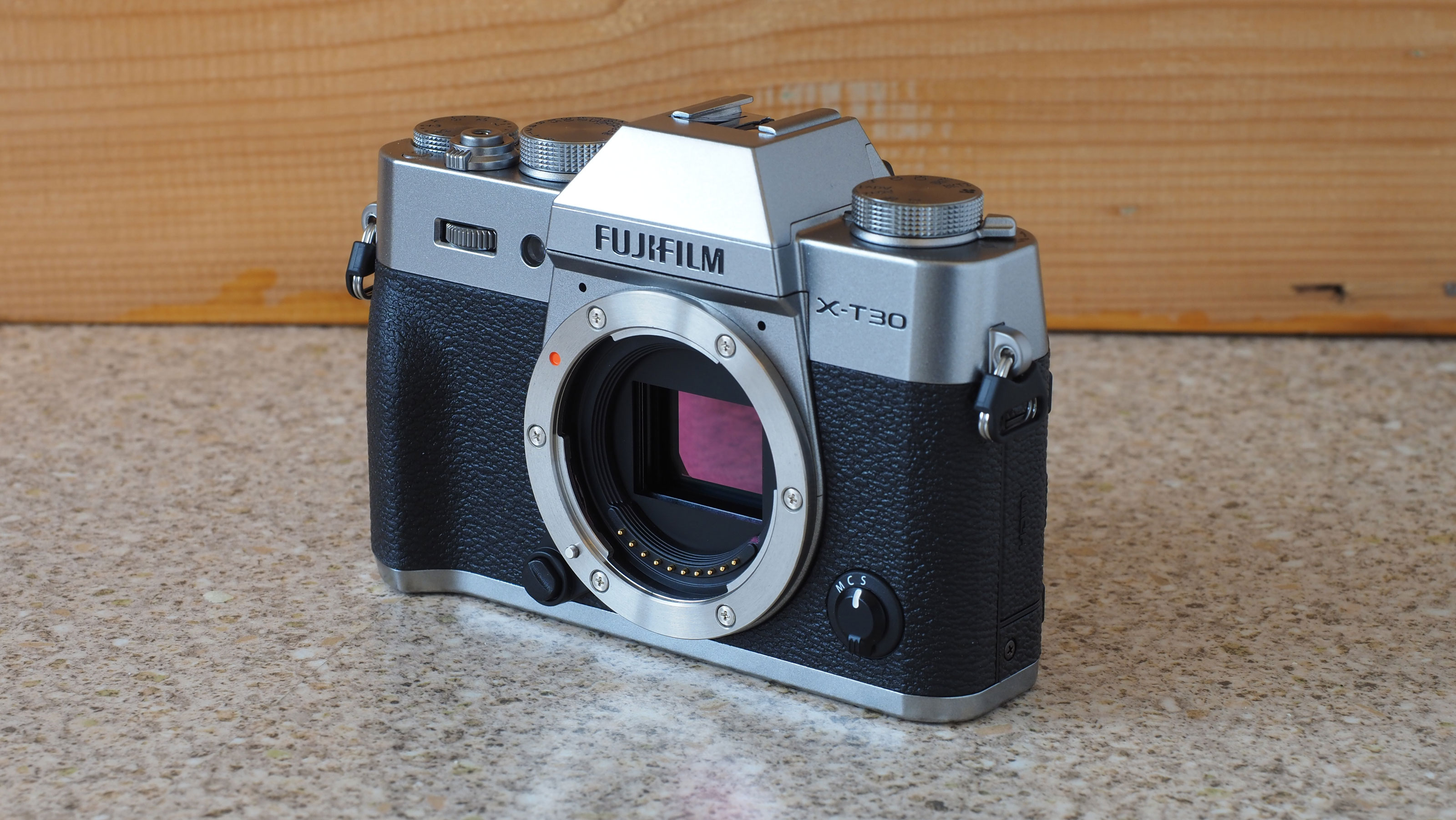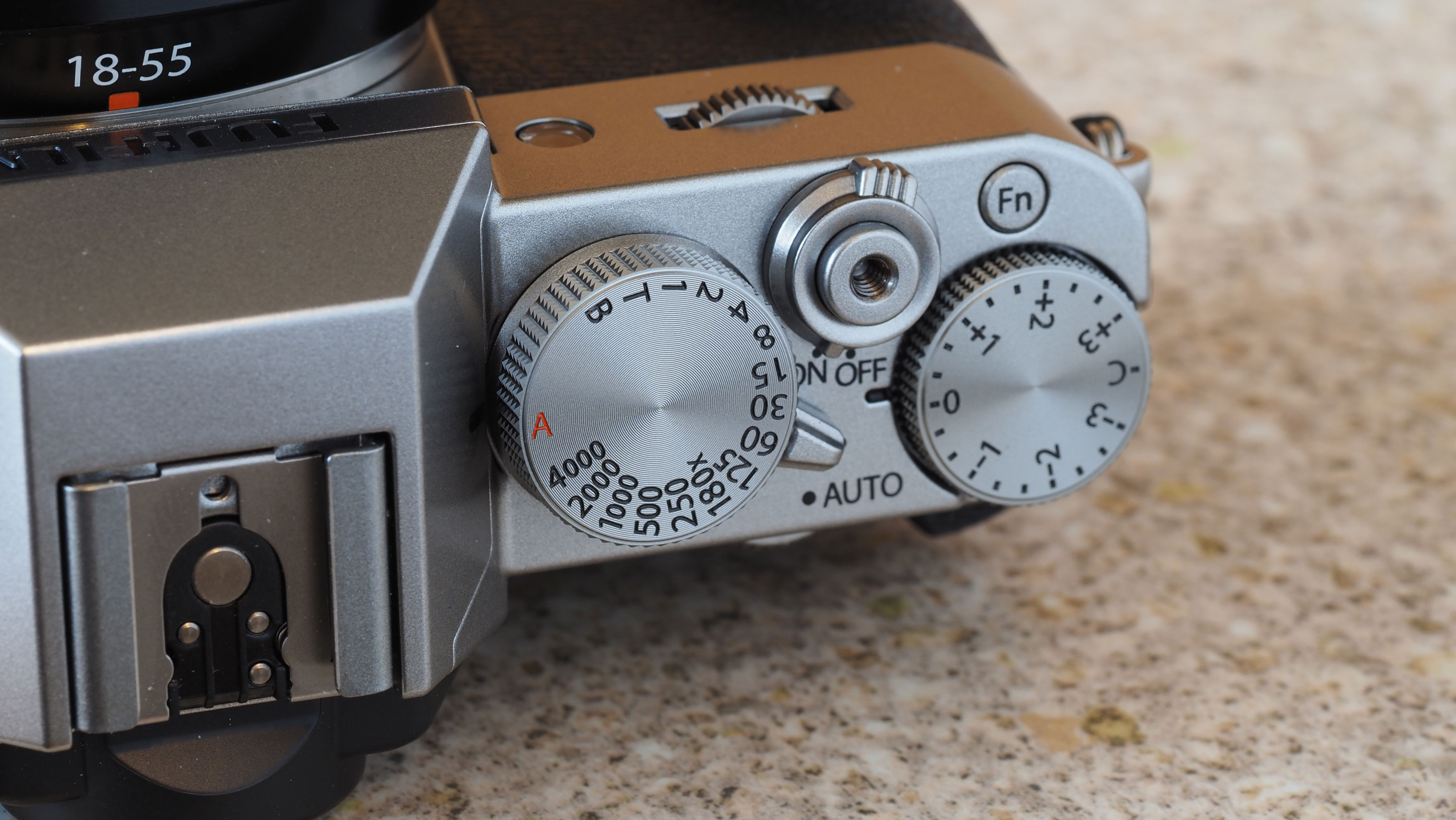The Fujifilm X-T30 II would be high on my list if I started photography all over again
It looks good and it’s fun to use – the Fujifilm X-T30 II is everything a beginner photographer could ask for and more!

I think the Fujifilm X-T30 II is one of the best cameras for beginners. You see, when I started to study photography at college, circa 2009, most of my classmates were using the Nikon D3000 or Canon EOS Rebel T1i / 500D.
These entry-level DSLRs were arguably the best entry point into the hobby at the time, and their respective successors would only build upon their legacy – but I think they've still been surpassed by the Fujifilm X-T30 II.
Nikon doesn’t have a true entry-level mirrorless camera in its Z system line-up, but the Rebel series’ DNA is most certainly prevalent in the Canon EOS R100.
These mini interchangeable-lens cameras from the world’s most famous camera manufacturers have always been unapologetically simple, but capable of punching above their weight. The beauty of the D3xxx and Rebel lines is that they hold the hands of new photographers, while also enabling intermediates to blossom.
So, when I say that I’d consider picking up a Fujifilm X-T30 II if I were to do it all over again, that’s not a criticism of the Nikon and Canon entry-level cameras that have come before it (or after).
I'm aware that the Fujifilm X-T30 II isn’t exactly new or cheap – it’s older and more expensive than the EOS R100 after all. But it boasts two things that the Canon doesn’t: retro-cool looks and Fujifilm’s Film Simulations.
The first point might seem superfluous, but if you’re new to photography, you have to practice, and owning a beautiful camera like the Fujifilm X-T30 II will quite simply encourage you to pick it up more often.
The best camera deals, reviews, product advice, and unmissable photography news, direct to your inbox!
Heck, it’s so cool that you might even sling it around your neck as an accessory. And if that’s the case, great. Because as long as it’s on your person, you’re going to use it. Compare that to the entry-level DSLRs of old, and there’s no competition. Even the slightly slimmed-down R100 is a bulbous lump in comparison to the edgy, retro sheen of an X-T30 II.
But Film Simulations will encourage you to pick your camera up, too. I swear you can capture any old rubbish in Classic Chrome and it’ll look great! All joking aside, Film Simulations mitigate the need to edit your photographs and are a fantastic alternative to boring old JPEGs.
Not only will Film Simulations boost your confidence, because they look so darn good, but they’re also an awful lot of fun to use. You can easily spend a couple of hours walking around town, trying out different Film Simulations.
Sure, if you’re serious about photography, I would encourage you to start experimenting with RAW files and learn to edit your photographs. But when you’re a beginner, nothing is more important than developing a passion for taking photos and practicing your craft. And in that respect, Fujifilm reigns supreme.
Finally, the Fujifilm X-T30 II is a bona fide Fujifilm camera. Unlike the X-T100 and X-T200 – still great cameras in their own right – it’s built around an X-Trans sensor, which is the key ingredient that gives Fujifilm cameras the "Fujifilm look".
If you’re not put off by the age and / or price, and are looking for your first interchangeable-lens camera, the Fujifilm X-T30 II is worth checking out. And if you want to go down a more traditional entry-level route, I still highly recommend the Canon EOS R100. You can’t go wrong with either but, for me, the Fujifilm just edges it.
You might also...
Into Fujifilm cameras? Check out the best Fujifilm cameras and the best Fujifilm lenses. Plus, check out my thoughts on the Fujifilm X100T.

Mike studied photography at college, honing his Adobe Photoshop skills and learning to work in the studio and darkroom. After a few years writing for various publications, he headed to the ‘Big Smoke’ to work on Wex Photo Video’s award-winning content team, before transitioning back to print as Technique Editor (later Deputy Editor) on N-Photo: The Nikon Magazine.
With bylines in Digital Camera, PhotoPlus: The Canon Magazine, Practical Photography, Digital Photographer, iMore, and TechRadar, he’s a fountain of photography and consumer tech knowledge, making him a top tutor for techniques on cameras, lenses, tripods, filters, and more. His expertise extends to everything from portraits and landscapes to abstracts and architecture to wildlife and, yes, fast things going around race tracks...
You must confirm your public display name before commenting
Please logout and then login again, you will then be prompted to enter your display name.


